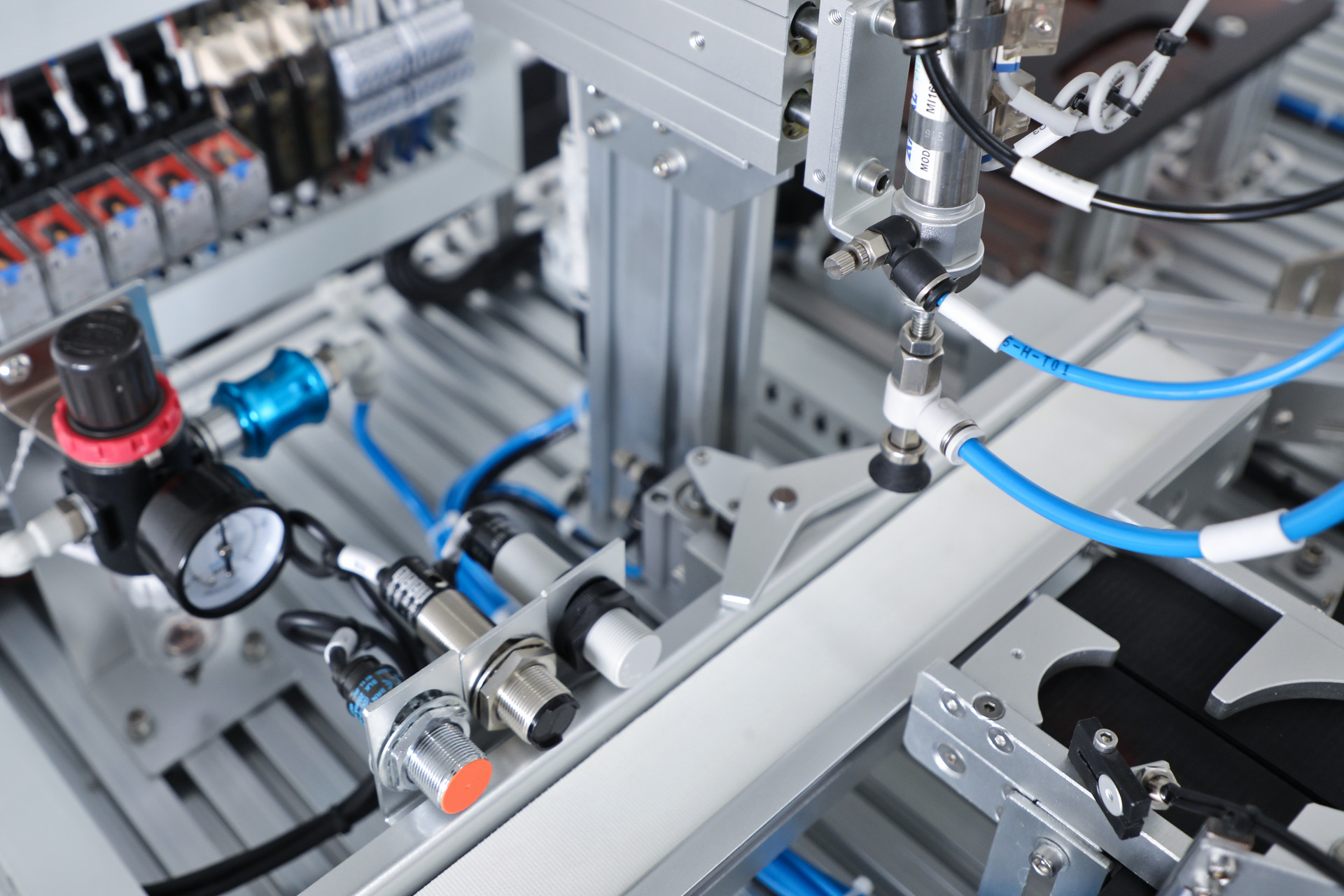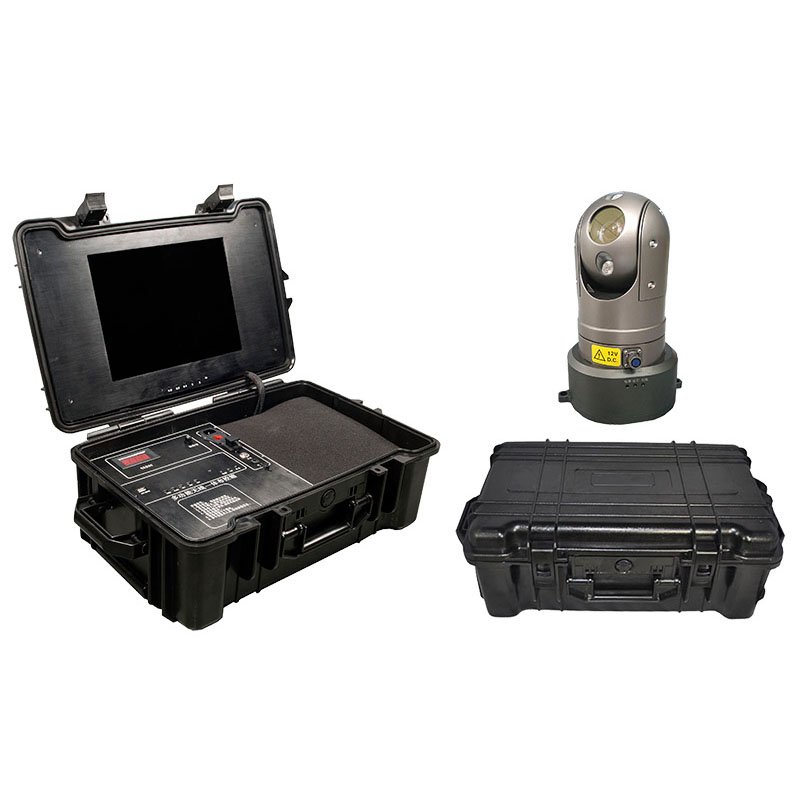The wireless microwave transmission equipment industry has broad development prospects
In the current era of rapid technological advancement, the wireless microwave transmission equipment industry is standing at a new starting point of development, and its prospects are showing a bright trend, which is expected to profoundly change the development pattern of multiple industries in the coming years.
From the perspective of the communication field, with the continuous expansion of 5G networks and the gradual deepening of exploration of 6G technology, the importance of wireless microwave transmission equipment has become increasingly prominent. Microwave transmission technology, with its unique advantages such as fast construction speed and flexible deployment, has become a key means to solve the problem of communication network coverage. Especially in remote areas, islands, and mountainous regions with complex geographical environments, laying fiber optic cables is costly and difficult, while microwave transmission equipment can demonstrate its capabilities and achieve fast and efficient network coverage. For example, in the Zhoushan Islands, microwave communication is the main way of digital transmission on islands. 374 microwave relay communication system stations have been built, accounting for more than 60% of the microwave stations in the province, providing strong support for local basic telecommunications operations, broadcasting and television, energy and power, and other fields. The first domestic SuperLink microwave deployed by Zhejiang Mobile Zhoushan Branch integrates multi frequency antennas and carrier aggregation technology, effectively solving the bottleneck problem of high bandwidth digital application transmission in offshore scenarios, and achieving the goal of 5G and broadband "dual gigabit" coverage on islands.
In the broadcasting and television industry, microwave transmission has long been an important pillar for ensuring the safe broadcast of programs and emergency broadcasting communication. With the rise of emerging businesses such as ultra high definition video and 8K live streaming, broadcasting and television have put forward higher requirements for transmission bandwidth and stability. Wireless microwave transmission equipment, with its large capacity transmission capability, can meet this demand. For example, the upgrade and renovation project of the State Administration of Radio, Film and Television's Guogan Microwave South Line has achieved gigabit level high-capacity microwave service transmission latency as low as microseconds through the use of 5G microwave technology. The visualized intelligent network management also allows end-to-end configuration and operation of services to be visualized, greatly improving the quality and efficiency of broadcasting and television transmission.
The industrial Internet field also contains a broad application space for wireless microwave transmission equipment. The automation and intelligent transformation of industrial production requires high-speed and stable data exchange between devices. Microwave transmission equipment can build reliable communication networks within factories, mining areas, and other scenarios, ensuring data transmission between machines (M2M) and achieving real-time monitoring, remote control, and other functions of the equipment. For example, in some industrial scenarios with high risk factors, such as mine operations, microwave transmission equipment can transmit real-time operation data of underground equipment to the control center above the well, helping with safety production and improving production efficiency.
In the field of energy, whether it is offshore wind farms, oil drilling platforms, or photovoltaic power plants in remote areas, they all face the challenges of power data transmission and remote monitoring of equipment. Wireless microwave transmission equipment can span long distances, achieve stable data transmission, and ensure the safety and efficiency of energy production. Taking offshore wind farms as an example, microwave transmission equipment can quickly transmit wind turbine operation status data to the land control center, making it easier for operation and maintenance personnel to timely grasp the equipment situation, conduct fault warning and maintenance, and reduce operation and maintenance costs.
From the perspective of technological innovation, the wireless microwave transmission equipment industry is also constantly making breakthroughs. On the one hand, microwave frequencies are expanding to higher frequency bands, such as the E-band spectrum (71GHz to 86GHz) which has been deployed in countries where 90% of the world's population resides, and is expected to meet the return capacity needs of most 5G sites by 2030 and beyond; On the other hand, the application of new antenna designs and AI based network automation technologies will further enhance the performance and operational efficiency of microwave transmission equipment. The new 0.9-meter swing compensation antenna has an 80% longer hop distance compared to the ordinary 0.3-meter antenna; AI based network automation can significantly reduce the operating costs of managing microwave networks, reducing on-site visits by over 40%. In addition, microwave wireless energy transmission technology is constantly developing. The conversion efficiency of the microwave rectifier developed by the Jiangnan University team has exceeded 90%. The China Electric Power Research Institute has achieved isolated transmission of kilowatt level power over a distance of 20 meters, with an overall transmission efficiency of 25.5%, which is at the world's advanced level. In the future, it is expected to achieve wireless power supply in more fields and change the traditional energy transmission mode.
Overall, the wireless microwave transmission equipment industry has enormous potential for future development due to its technological advantages, constantly expanding application scenarios, and continuous technological innovation. It will not only assist in the digital transformation of various industries, promote the comprehensive coverage and upgrading of communication networks, but also play a key role in energy, industry and other fields, injecting new vitality into global economic development and becoming an important technological force driving social progress.
-
 2025-10-30
2025-10-30 -
IP Mesh Radios: The Future of Tactical Wireless Networking
2025-10-27 -

What Is Wireless Data Transmission and How Does It Work?
2025-09-26 -
What are the Applications of Ad Hoc Wireless Network?
2025-09-11 -

What Are Point to Point Wireless Bridges Often Used For?
2025-09-05 -

MESH Networking Module Selection Guide: From Dismounted Soldiers to UAV Applications
2025-08-28 -

What Is a Point to Point Wireless Bridge Connection?
2025-08-07 -

What Is the Difference Between a Wireless Network and an Ad Hoc Network?
2025-07-16









